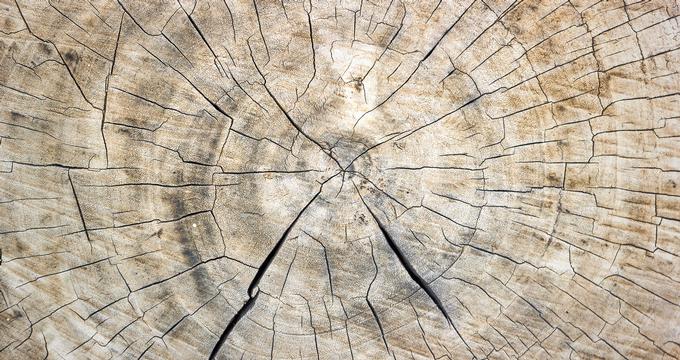Whether you're a science enthusiast, history buff, or a family looking for a fun and educational day out, the Houston Museum of Natural Science (HMNS) offers a dynamic experience in the heart of Houston’s Museum District. With over two million visitors each year, it’s one of the most visited museums in the U.S.—and for good reason. From a towering giant screen theater to hands-on exhibits and a living butterfly habitat, there’s something for every age and interest.
I Found This Great For
This museum is a fantastic choice for:
- Families with children—offering hands-on science, butterflies, and IMAX films
- Nature lovers and STEM learners—from ecology to astronomy
- Travelers and locals—looking to explore one of Texas' premier museums
- Educators and students—with overnight camps, interactive programs, and field trips
Offsite Locations
- George Observatory in Needville, TX—features three telescopes including a 36-inch research-grade instrument
- HMNS at Sugar Land—a satellite campus offering exhibits and educational programming
Exhibit Highlights
- Earth Forum: Eleven interactive science stations including a tornado tube, earthquake table, and population tubes
- Hamman Hall of Texas Coastal Ecology: Learn about oyster reefs, conservation, and endangered species like the Kemp’s ridley sea turtle
- Vintage Texas Wildlife Dioramas: Historic displays from the 1940s featuring Prairie, Gulf Coast, and Big Thicket ecosystems
- Farish Hall of Texas Wildlife: Over 450 animal specimens across newly created dioramas showcasing rare species
- Strake Hall of Malacology: Explore mollusks through models, fossils, and live specimens
- Cockrell Butterfly Center: A lush rainforest habitat with a 50-foot waterfall and a live butterfly conservatory
Special Attractions
- Wortham Giant Screen Theatre: Features 3D and IMAX-style films like Extreme Weather and National Parks Adventure
- Brown Hall of Entomology: Multi-level exhibits on insects and arthropods, with a special kids' discovery area
Educational Opportunities
- Student Overnights: Sleepovers with themes like chemistry, ancient Egypt, and the solar system
- Girls Exploring Math and Science (GEMS): Encourages STEM curiosity through hands-on learning
- Corporate Teambuilding: Customized events and workshops for businesses
- International Travel: Museum-led excursions to global destinations for deeper learning
- Behind-the-Scenes Tours: Get exclusive access to collections and hidden areas
George Observatory
- Located just outside Houston, this observatory offers:
- Access to one of the largest public telescopes in the U.S.
- Night sky viewing of Saturn, Jupiter, the Milky Way, and more (weather/season permitting)
Planning Your Visit
- Before visiting, check the official website for:
- Exhibit hours and closures
- Admission fees and special pricing
- Accessibility details
- Current and upcoming events
- The museum is centrally located near Hermann Park with easy access via public transit and parking nearby
Location & Contact
- Address: 5555 Hermann Park Dr, Houston, TX 77030
- Phone: 713-639-4629
- Website: hmns.org
Plan Your Trip


